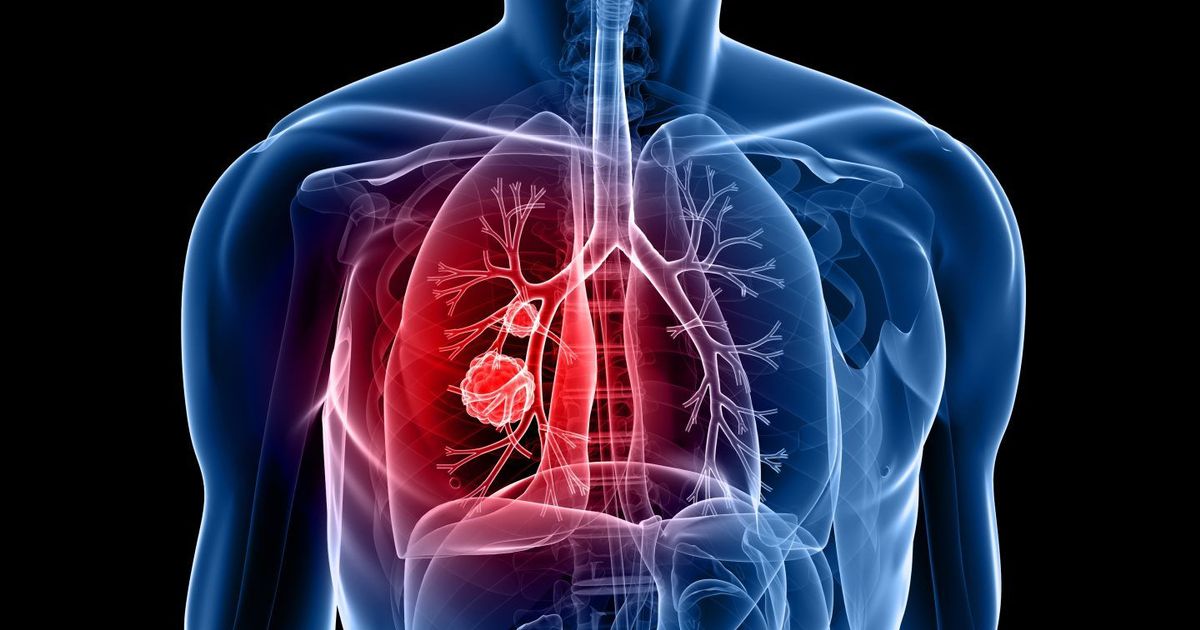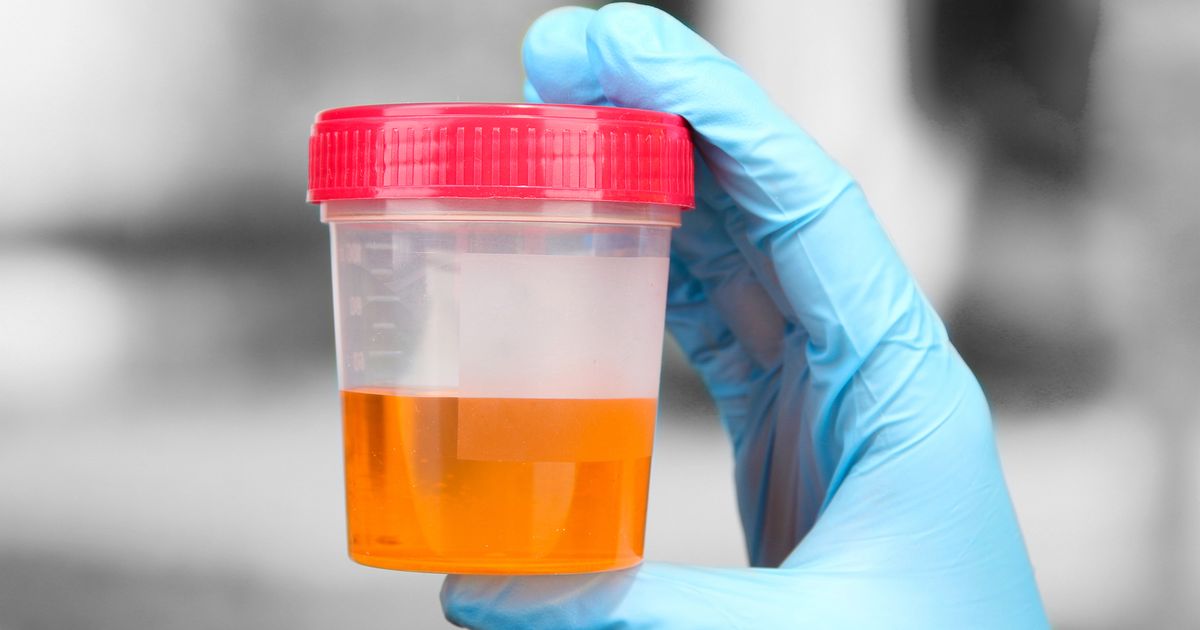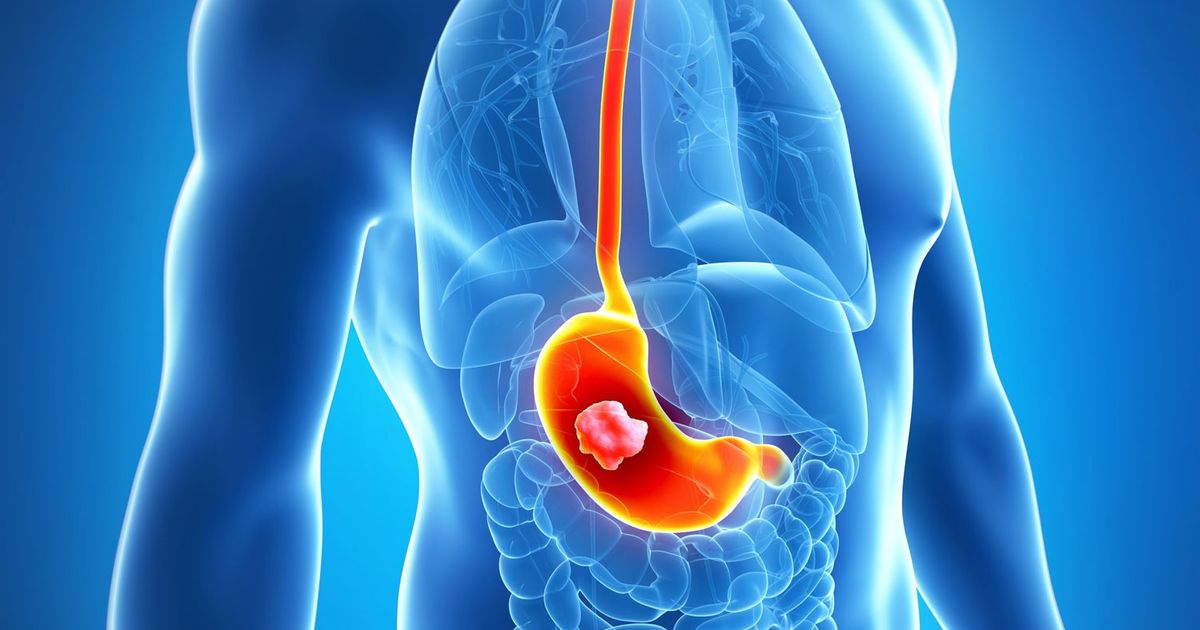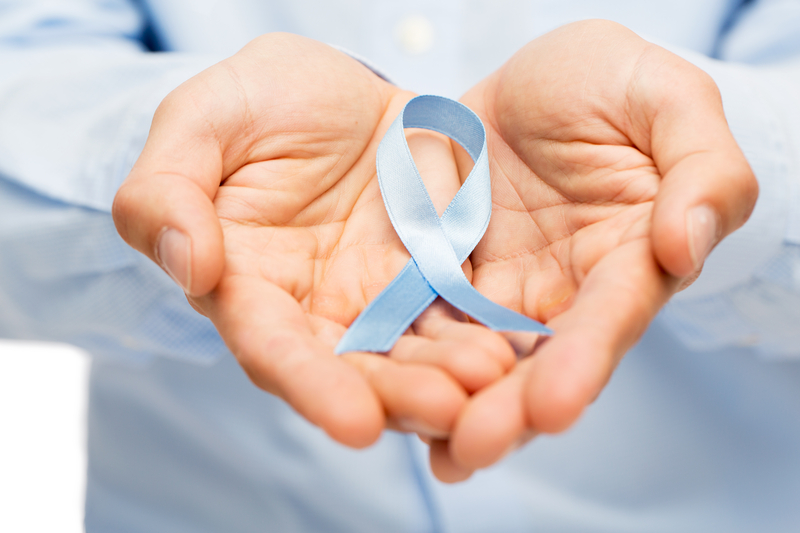The Most Common Types Of Cancers That Affect Men
A majority of us know that being aware of cancer and its early warning signs is one of the best ways to detect it and stay healthy. Cancer can often be treated successfully if it is detected and diagnosed early. However, the longer the cancer is left to manifest and grow, the greater damage it can do to a patient’s body, making it much more difficult to treat. Specifically, there are also some forms of cancer that are particularly dangerous for men. Continue reading to reveal the most dominant forms of cancer that affect men and the warning signs that males should be aware of.
Lung Cancer

Not every patient recognizes the obvious signs of lung cancer, which can make it difficult to detect and treat in its early stages. For those that do notice the signs, they may experience chest pain that worsens with deep breathing, coughing, or laughing, a persistent cough, coughing up blood or rust-colored spit or phlegm, hoarseness, weight loss and loss of appetite, shortness of breath, and fatigue. These symptoms can also be related to other conditions as well, however, these are the classic signs of lung cancer that males should be aware of and should get checked out by a physician if they continue and worsen.
Bone Cancer

While this form of cancer is not as common as some other types, bone cancer is still a prevalent disease that affects male patients more often than female patients. The early signs and symptoms of bone cancer typically include pain in the affected bone area, joint swelling, stiffness, and tenderness near the affected area, broken bones, constant fatigue, and unintended weight loss. Fortunately, this is one of the easiest types of cancer to spot early due to the pain in the affected area that is associated with it, as well as the unintentional weight loss, which would concern any male patient experiencing it.
Skin Cancer

Moles or growths on the skin are the main things that patients should look out for when it comes to this increasingly common type of cancer. Common types of skin lesions to look for include small, scaly patches called actinic keratosis, scaly patches or roughness of the skin on the lip known as ‘farmer’s lip,’ cutaneous horns, or moles that change color, texture, and size. False alarms can occur, but individuals should remain vigilant and aware of any skin changes that occur and the appearance of any new moles. If a male patient has very fair skin or has been exposed to quite a bit of sun over the years, then they should be cautious about the signs and check their skin frequently.
Bladder Cancer

Common signs and symptoms of bladder cancer include frequent urination, blood or blood clots in the urine, pain or a burning sensation when urinating, constantly feeling the urge to urinate especially during the night, and not being able to urinate even if the urge is there. Lower back pain on one side of the body or pelvic pain is another typical sign of bladder cancer, in combination with the other symptoms. Although these symptoms can indicate other medical conditions, male patients should consult their physician if they begin to experience any of these signs, especially blood in their urine.
Throat Cancer

There are a multitude of warning signs that an individual could be suffering from throat cancer. These signs include difficulty swallowing (dysphagia), voice changes, a sore throat, unexplainable weight loss, swelling of the eyes, jaw, throat, or neck, visible bleeding in the mouth or through the nose, and a chronic cough. Many patients also experience hoarseness as well. Although these symptoms may appear to be minor issues or symptoms of the common cold or flu, patients are advised not to let it drag on and worsen, and should have their throat examined by a medical professional, especially if they have a family history of throat cancer or are at risk for developing it.
Male Breast Cancer

Not many are aware that men can also suffer from breast cancer, as this cancer does not just target women, despite it not being as common in males. Some reports suggest that women are ten times more likely to get breast cancer than men. Male breast cancer is a rare form of cancer that develops in the breast tissue of men. Common symptoms of this rare cancer include a painless lump or thickening in the breast tissue, changes to the skin covering the breast area such as dimpling, puckering, redness or scaling, changes to the nipple such as redness, scaling, or a nipple that turns inward, and nipple discharge.
Stomach Cancer

Stomach cancer, typically called gastric cancer, forms when cancer cells develop in the inner lining of the stomach, and often can further develop into a tumor. Early symptoms of stomach cancer include indigestion, constant bloating, heartburn, slight nausea, and a loss of appetite. Those at risk for developing stomach cancer include male patients who are smokers, are overweight or obese, consume a diet high in smoked, pickled, or salty foods, and have had stomach surgery for an ulcer. Other risk factors include having type-A blood, contracting the Epstein-Barr virus infection, genetics, and any males who have worked in the coal, metal, timber, or rubber industries, or have been exposed to asbestos.
Liver Cancer

Liver cancer is another common form of cancer that often affects males more than females. Multiple types of cancer can form in the liver, with the most common type being hepatocellular carcinoma, which forms in the hepatocyte, the dominant liver cell. Other types of liver cancer include intrahepatic cholangiocarcinoma and hepatoblastoma, however, both of these kinds are rare. Symptoms of liver cancer that males should be aware of include losing weight without trying, loss of appetite, upper abdominal pain, nausea and vomiting, constant weakness and fatigue, abdominal swelling, white and chalky stools, and a yellow discoloration of the skin and the whites of the eyes known as jaundice.
Colorectal Cancer

Colorectal cancer, or commonly known as colon cancer, is cancer of the large intestine (colon), with most cases of this kind beginning with small, non-cancerous (benign) clumps of cells called adenomatous polyps. Over time, unfortunately, some of these polyps can become cancerous, and thus develop into colon cancer. Symptoms of colorectal cancer include changes in bowel habits, including diarrhea or constipation, a change in the consistency of the stool that lasts longer than four weeks, rectal bleeding or blood in the stool, and persistent abdominal discomfort, such as cramps, gas or pain.
Other symptoms include weakness or fatigue, unexplained weight loss, and an individual not feeling that their bowels are empty after relieving themselves. Many patients with colon cancer may not experience any symptoms in the early stages of the disease, and symptoms can vary as it depends on the size and location of the cancer in the large intestine.
Prostate Cancer

As the most common form of cancer that develops in men, prostate cancer is when cancerous cellsdevelop in the prostate, an organ that is a small, walnut-shaped gland that produces the seminal fluid that nourishes and transports sperm. Prostate cancer can range from a slow growth that requires little to no treatment to aggressive that spreads quickly. In its early stages, prostate cancer may not show any visible signs or symptoms, but in an advanced stage, symptoms include trouble urinating, decreased force in the stream of urine, blood in the semen, discomfort in the pelvic area, bone pain, and erectile dysfunction. Prostate cancer that is detected in the early stages when it is still in the prostate gland has a better chance of being successfully treated, which makes it incredibly important that men get their prostates examined regularly.
